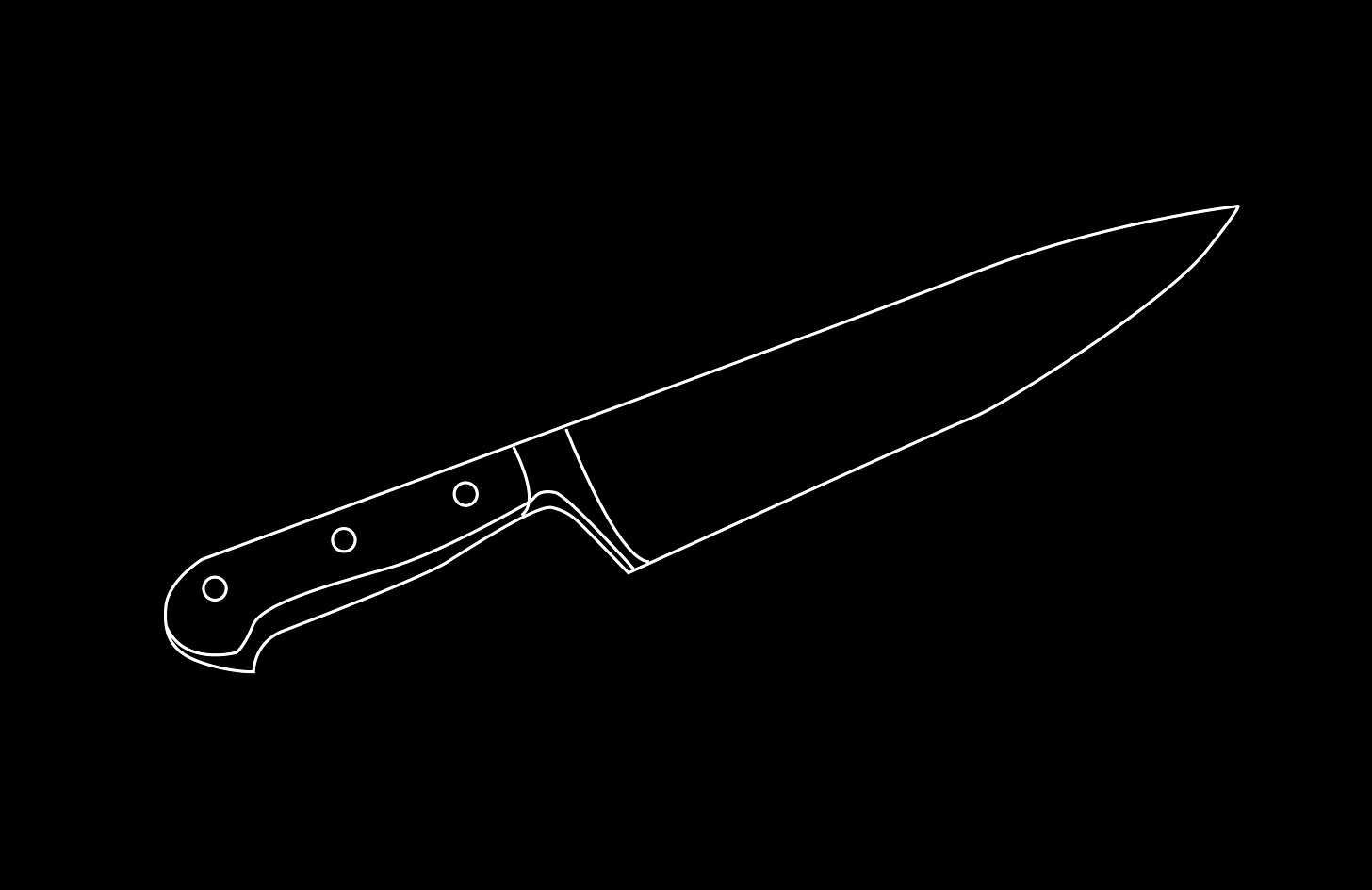At the end of our first design meeting, Charlie Trotter—Chicago’s most famous, revered, groundbreaking, and feared chef at the time—told me, “The only way you will really understand what we do here is to spend a day working in the kitchen.”
It was a test—the first of several.

Seeing through the client’s eyes
Chef Trotter had hired me to design a cookbook based on a personal recommendation.
We met in his office above the restaurant, which overlooked Armitage Avenue. The office felt more like a library, with an entire wall filled with books.
I soon realized that this meeting was about more than the logistical details of publishing a cookbook. It was about immersion—the foundation for understanding any client or business.
In Trotter’s view, success didn’t come from style or aesthetics but from genuinely understanding what he and his team did, what they valued, and why.
He didn’t simply want a beautiful cookbook; he wanted one that captured the essence of their kitchen—which could be described as improvisation at its highest level.

Working in the kitchen
Two days later, I arrived in the kitchen early in the morning. The sous chef’s first words were, “How are your knife skills?”
This was my second test.
With no time to waste, the sous chef needed to see how a designer with no traditional culinary training could fit into his workflow that day. Precision mattered here—every movement had to serve a purpose.
And, to be fair, you can’t cook if you can’t cut.
Fortunately, my knife skills were good.
The morning began with peeling roasted garlic, carefully keeping each clove pristine. Then came the toasted chestnuts, far trickier to pry from their shells.
By afternoon, I was preparing roast oxtail, stock, and other essential ingredients. By the first dinner seating, they had moved me to plating. It felt like a promotion—as it’s the last step in a highly orchestrated process before each dish is presented to a guest in the dining room.
“No drips!”
Those were Trotter’s words to me as I started plating. The sous chef would demonstrate, starting with an artful sauce spread across a plate before handing me the small, hot copper pot to do the same on the remaining plates.
The kitchen team’s ability to integrate a designer from basic prep to plating said more about their skill and trust in the process than my abilities.
Their talent went beyond cooking—they knew how to adapt and improvise, coach and critique under pressure, and guide me rapidly through the levels of the kitchen.
And yet, it also came down to knife skills—skills I had developed long before I walked into the kitchen.
My at-home cooking experience and curiosity about food—how to make it, its history, and the science behind it—helped me integrate and understand their business more deeply. It wasn’t my design background that brought the experience to life.
Without my love of food, I would have been a bystander tucked out of the way in a corner of the kitchen, observing instead of moving rapidly from station to station.
Charlie Trotter was right.
Spending that day in the kitchen was essential. It gave me a deeper understanding of their craft than any conversation or meeting ever could.

And that’s what Trotter wanted—not just a designer, but someone who truly understood the spirit of their work.
I had come to the kitchen not as a chef but as a designer, tasked with creating a cookbook that would capture the cuisine improvised during the filming of Trotter’s television show.
But design isn’t just about what something looks like on a page—it’s about understanding how elements work, what truly matters, and distilling that essence.
That day in the kitchen reinforced something I’ve long believed: the best creative work comes from direct experience and a sense of discovery.
From stepping inside a world rather than simply observing it from the sidelines.
Let curiosity feed your work.
When I talk with aspiring designers today, I encourage each to develop a deep curiosity about the world—because it’s not visual fundamentals, but curiosity, that creates the spark for great design.
The more varied your experiences, interests, and knowledge, the more quickly you can move beyond surface impressions.
The more you explore, the more you find patterns, make connections, and understand nuances. You start to see what your client’s business truly does, how they do it, and why it matters.
In design, as in the kitchen, it’s the experiences outside your craft that sharpen your instincts—allowing you to bring authenticity to your work.
The more we explore—through food, history, science, or any passion—the more naturally we see what truly matters when it’s time to design.




